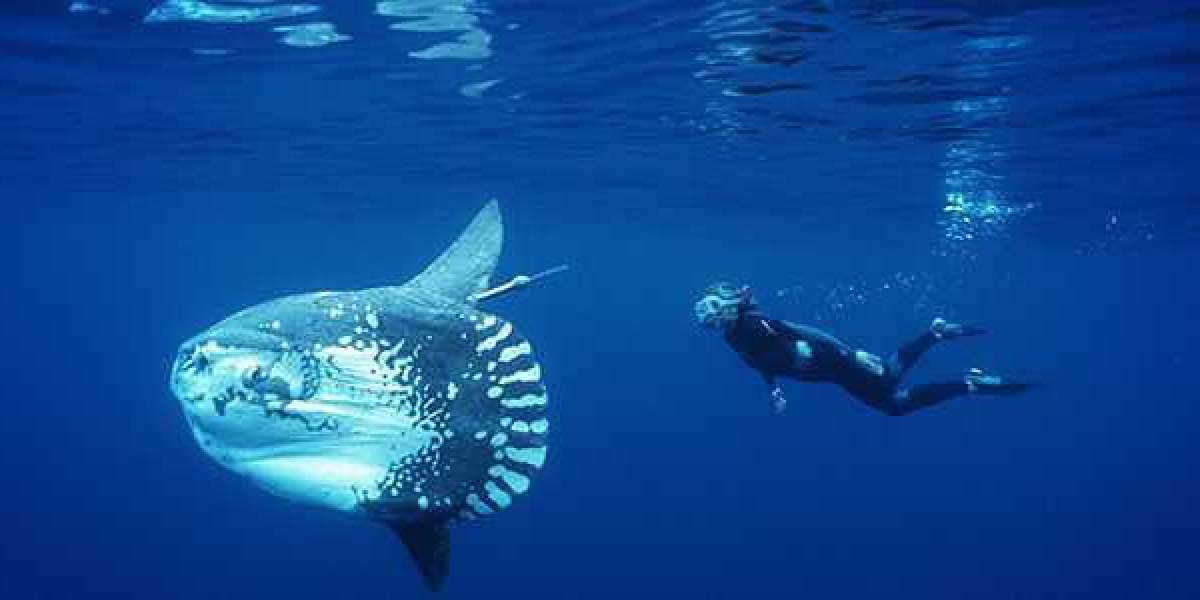The Exogenous Ketones diet earned popularity for high fats with sufficient protein intake and low carbohydrates. People refer to keto diet as low carbohydrate diet or LCHF- Low Carb- High Fat Diet.
Keto diets aim at subjecting the body to ketosis. Whenever the glucose levels in your body decline, your organs look for substitute sources of energy.
The human body primarily depends on glucose and free fatty acids (FFA) for fuel. On rare occasions, the body uses ketones from FFA.
The body stores fats as triglycerides that disintegrate to glycerol and long-chain fatty acids. Breaking down triglycerides splits glycerol from the three fatty acid molecules that flow into the bloodstream for use as energy.
Glycerol then moves to the liver where its three molecules merge to form a glucose molecule. Hence, as fats burn in your system, they also yield glucose that is vital for the brain and other organs that cannot depend on FFA.
However, whereas glucose can navigate the bloodstream independently, triglycerides and cholesterol require a carrier for movement along the bloodstream. The two exist in carriers known as Low-Density Lipoprotein, LDL. As a result, large sized LDL particles transport more triglycerides compared to smaller ones.
Generally, the burning of fats to yield energy produces water, carbon IV oxide and compounds known as ketones.
The liver produces FFA that constitutes two sets of atoms connected together through carbonyl functional group. Body cells can depend on Ketones for energy as well as the brain that can yield 70 – 75% of energy needs from ketones.
Ketones correspond to alcohol as priority sources of energy before carbs. As long as your blood stream contains many ketones, the body will burn them for fuel before resorting to glucose. However, the body cannot store ketones and it therefore excretes unused ketones through exhalation or urination as acetone and acetoacetate respectively.
What Causes Ketosis
As soon as you begin reducing your portions of carbohydrates, your body will begin receiving less amounts of glucose compared to your previous state.
The reduced intake of carbohydrates leading to a decline in available glucose propels your body to enter into ketosis. The body typically drives itself into ketosis when its cells lack sufficient supply of glucose.
Starvation Induced Ketosis
Normally, reduced to zero intake of food characterize starvation and fasting. This means the body lacks digestible food that it can change into glucose for strength. Even so, whereas starvation seems involuntary, a person consciously and willingly decides to fast.
Nevertheless, sleeping, skipping a meal and voluntary fasting all plunge the body into the starvation mode, when this happens, glucose levels in the blood diminish. Consequently, the body begins disintegrating its stored glucose (glycogen) in order to supply all cells with fuel.
The glycogen undergoes reconversion to glucose and it becomes useful as a source of energy for the body. In the process of breaking glycogen down, he body also looks for fat reserves and burns them. The latter produces ketone bodies in a process known as ketogenesis owing to a shortage of available glucose.
As long as the number of ketones exceeds that of glucose molecules in the blood, the body reacts by utilizing ketones for energy. As this happens, it converts excess glucose to glycogen and stores it for a time of starvation.








